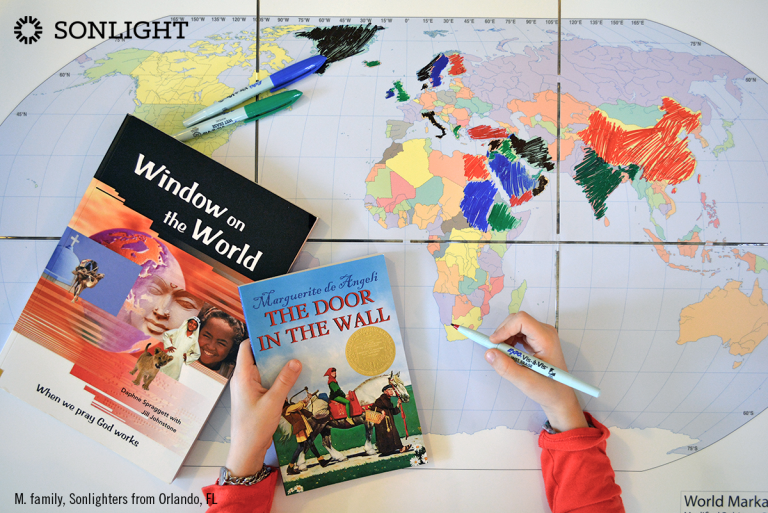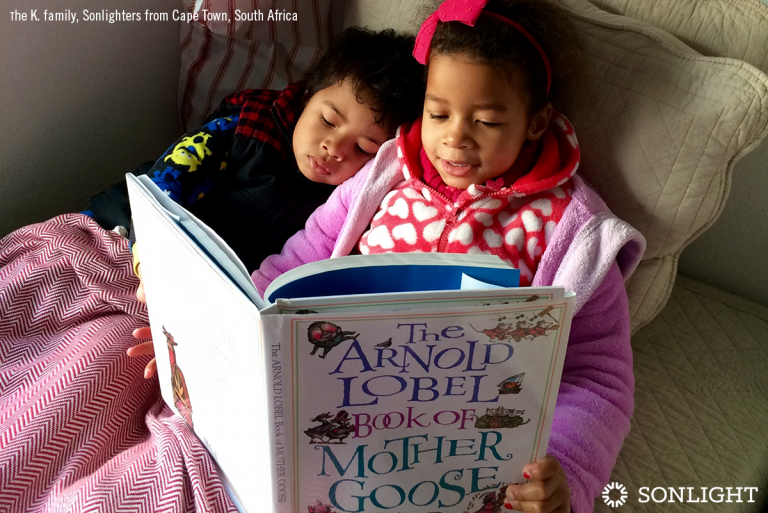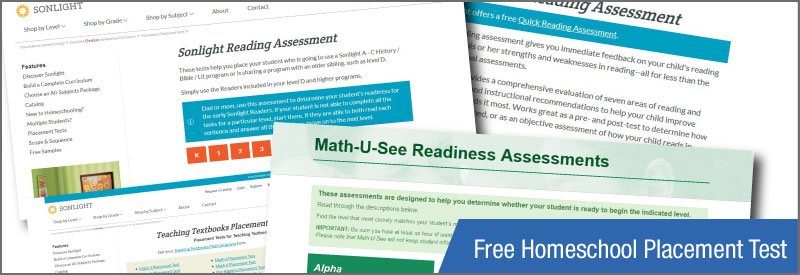
“It’s not fair!” my youngest son wailed. This wasn't the first time that week those forbidden words had been uttered in our home, accusing me of being unfair in our homeschool. I can tolerate a lot of things, but the “It’s not fair!” complaint is not one of them.
If you’re anything like me, you tend to fall into the trap of making sure that everything is fair and equal for your kids. Rather than helping them though, this thought process can actually set them up for a more difficult time navigating life.
Life’s Not Fair, and I’m Glad
I can remember it so well. I was raised in public school, and my class was known among many of the teachers as a “rough class.” I can’t even count how many recesses I spent inside the classroom with my head on the desk because of what a few rowdy kids did. When students and parents complained, the teacher would shrug and simply say, “Well, life’s not fair.” By the time I exited grade school, I was sick of that argument.
But, my teacher wasn’t entirely wrong. The problem was that she only had half of the phrase. She was right that life isn’t fair. But she left off the positive part. Life’s not fair, and I’m glad.
I regularly tell my kids that that life is not fair and I’m glad. When they start that signature whine, I sit them down to remind them that if life were fair, we would all deserve death. Out of His great goodness, God saw fit to send Jesus Christ to die on the cross for all of our sins, saving us from certain eternal separation from Him.
I’m so glad that God isn’t fair.
Every Child is Different, So You Can Be Unfair
Isn’t that our mantra as homeschooling parents? The fact that every child is different and deserves a custom education is a cornerstone of homeschool philosophy. Yet, when it comes to our own families, we struggle to apply this principle. If Johnny did x, Susie should do x, too, right? It’s only fair after all.
But, instead of requiring the same from each of your children, remember that they are individual and unique. One of the blessings of homeschooling is addressing the individual intricacies that make your children tick.
My oldest child struggles to write. So as often as I can, I allow him to do assignments orally. However, my oldest daughter writes well. Since composition comes easy to her, I require her to write most of her assignments.
My youngest son is only one year younger than my oldest, but he struggles in school. Even though I have them in the same Sonlight HBL, occasionally, I allow him to skip assignments or give him an alternative assignment. These different requirements are not equal, but they are not unfair. I'm providing an education specifically modified for a particular child.
The Grocery Store Trap of Being Fair
Have you ever been on a solo grocery store visit and seen something that one of your kids would really like? You decide to surprise them with this little gift, but then you immediately start feeling guilty, thinking you need to also get something small for all your other children. An extra forty-five minutes and twenty dollars later, you leave the store frustrated. First, you bought junk for all the other kids that they probably won’t even appreciate. Then, you spent too much money and you wasted time…all for the sake of fairness.
It just almost sounds ridiculous when you say it like that right? And yet, I’ve been right there with you…a few days ago, in fact. My husband is the one who usually blows the whistle when I’m getting too “fairness-minded”.
So I’m going to give you the gift that my husband gave me—permission.
- Permission to treat my kids differently.
- Permission to pick up a little surprise for just one of them.
- Permission to tailor their schoolwork to fit their needs, not their brother’s needs.
- Permission to relax and realize that it’s okay to not be fair all the time.
It’s a worthwhile lesson to learn that life isn’t fair. It’s even more worthwhile to understand that there is goodness in unfairness.
Love Unconditionally Because Love Beats Fairness
One of the greatest gifts we can ever give our kids is not fairness. It is unconditional love.
- Love them when they win the grand prize ribbon at the fair. Love them when they cry because their sister won the grand prize ribbon.
- Love them when they zip through a page of 100 math problems. Love them when they take hours to do five problems.
Love them no matter what. Because love always beats fairness, and that’s the heart lesson that you want them to learn. Life may be filled with unfair moments, but love covers a multitude of unfairness.

SmoothCourse will guide you through creating a unique curriculum plan for each of your children because same is not always fair.














